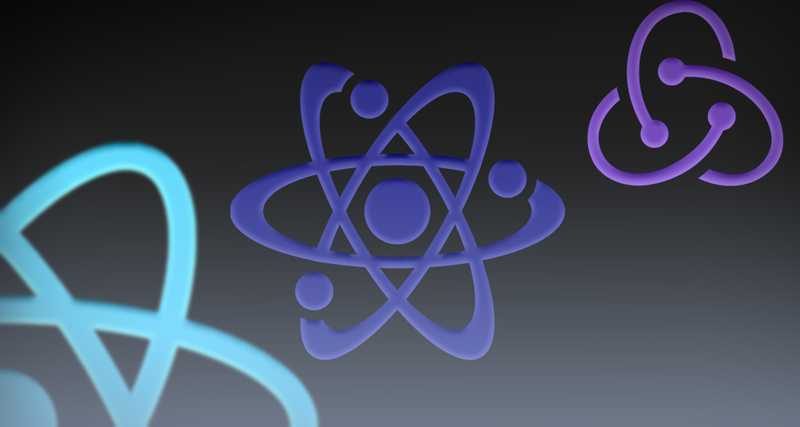In the following we shall cover various methodologies, mixed approaches, and tools to increase or focus productivity.
This is the second article covering DevOps tools and methodology integration. See PART 1: Agile vs Scrum vs Lean for a background on methodologies.
Kanban (Lean):
▼ What is it?
-
☑ A task board (Kanban Board) scheduling system for Lean, often mixing with Agile and Scrum features. NOTE: the particular Kanaban board and methodology in this article are based off of X-box teams at Microsoft and various other sources.
-
◆ Agile has an Agile Board, which is similar, but with fewer columns (no Run or Clog states).
-
☑ Instead of Sprints for scheduling (timeboxing), the team is limited by cards they must push across the phased columns of the Kanban Board.
-
◆ Mixing concepts, these cards can represent Sprints and a Backlog in other methodologies.
-
◆ Rightward momentum or pacing is key (see below).
-
☑ Literally means 'sign' or 'billboard' in Japanese.
▼ 4 Columns (7 with sub-columns):
-
☑ List (backlog): prioritized tasks as digital cards (or physical sticky notes on a whiteboard).
-
◆ Big Teams: typically done by upper management.
- ☑ Sort (Spec): breakdown the task and assign it by asking the 5 Ws + H (Who, What, Where, When, Why, and How).
-
◆ Big Teams: typically done by management (product).
-
☑ Fix: is the questioner of the sorted task satisfied (with the fix)?
-
◆ Big Teams: typically done by the dev team.
- ☑ Test: passes tests and review.
-
◆ Trivial Bugs are just fixed.
-
◆ Complex Bugs become new tasks and are added to the List.
-
◆ Big Teams: typically done by the test team or DevOps.
-
☑ Run and Clog: each of the above three columns (excluding List) has two sub-columns to set the task state.
-
◆ Run: the task is ready and actively being worked on.
-
◆ Clog: the task is clogged and waiting for another task to move out of the way.
-
☑ End: the final end state of a task (the last column).
▼ Pacing:
-
☑ Stand-ups (daily): focuses on IDing issues and unclogging tasks since the updated board has both complete and assigned history.
-
☑ Assigning: tasks are generally assigned to whoever is available, but are paired with senior or specialized members to review at a later date.
-
☑ Rate: estimated Time (buffered) / Issues = tasks per day, week, or month (or estimated time divided by issues equals tasks per day, week, or month depending on the total time).
-
☑ Max: the Max (number of tasks) in the Run and Clog columns for each section (WIP Limit).
-
◆ Fix limit is 100-50% of the all team members (or in big groups, 100-50% of all groups).
-
◆ Sort and Test are roughly 50% of Fix's limit.
-
☑ Deadlines: estimate tasks number, estimate rate, compare calendar dates.
-
◆ Evidence Boarding: use the board as a visual and technical story for arbitrating task priority and insertion (especially to ignorant third parties).
-
☑ Need (dependency requirement): tasks that depend on another (that is often lagging).
-
◆ Assign to a person or team in a new bonus Fix column called Need (ignoring the Max).
-
◆ Make it a priority to remove the Need and the column (like swarming).
-
☑ Swarming: when tasks lag and get stuck, other team members (especially further down the pipeline) become idle and can be reallocated to attack the Clog or Need task.
▼ Evolving Methodologies:
- ☑ Waterfall: you're now tracking work on a board and batching into tasks.
- ☑ Scrum: add Max limits and make sure to reference the Kanban Board, but prune Scrum excesses over time.
- ☑ XP: like Waterfall add a Kanban Board, but XP is now picked from like a salad bar as needed.
Tools:
▼ Trello vs Jira:
- ☑ Web methodology management.
- ☑ Both have an online task board.
- ☑ Both integrate with GitHub or Bitbucket for team version control.
- ☑ Jira has support for insight reports.
- ☑ Trello has Sprint Retrospectives, meetings, and brainstorming.
MD Kanban Example:
_^_LIST__ |
_______?__SORT_________ |
_______=__FIX__________ |
_______%__TEST_________ |
_______@__DEPLOY_______ |
|---|---|---|---|---|
__MAX:___ |
2 | 4 | 2 | 2 / ∞ |
_STATE:__ |
_+_Run___ |
_!_Clog__ |
_+_Run___ |
_!_Clog__ |
_+_Run___ |
_!_Clog__ |
_+_Run___ |
_#_End___ |
|---|---|---|---|---|---|---|---|---|
| Task023 | Task022 | Task021 | Task018 | Task013 | Task019 | Task005 | ||
| Task024 | Task014 | Task016 | Task017 | |||||
| Task025 | Task020 | |||||||
| Task026 | Task006 | |||||||
| Task027 | Task011 | |||||||
| Task028 | Task007 | |||||||
| Task029 | Task015 | |||||||
| Task030 | Task009 | |||||||
| Task031 | ||||||||
| Task032 | ||||||||
| Task033 | ||||||||
| Task034 | ||||||||
| Task035 | ||||||||
MD Kanban Template:
_^_LIST__ |
_______?__SORT_________ |
_______=__FIX__________ |
_______%__TEST_________ |
_______@__DEPLOY_______ |
|---|---|---|---|---|
__MAX:___ |
2 | 4 | 2 | 2 / ∞ |
_STATE:__ |
_+_Run___ |
_!_Clog__ |
_+_Run___ |
_!_Clog__ |
_+_Run___ |
_!_Clog__ |
_+_Run___ |
_#_End___ |
|---|---|---|---|---|---|---|---|---|
| Task000 | ||||||||
| Task001 | ||||||||
| Task002 | ||||||||
| Task003 | ||||||||
| Task004 | ||||||||
| Task005 | ||||||||
| Task006 | ||||||||
| Task007 | ||||||||
| Task008 | ||||||||
| Task009 | ||||||||
| Task010 | ||||||||
| Task011 | ||||||||
| Task012 | ||||||||
▼ MD Kanban Code:
| `_^_LIST__` | `_______?__SORT_________` | `_______=__FIX__________` | `_______%__TEST_________` | `_______@__DEPLOY_______` |
| :---------: | :-----------------------: | :-----------------------: | :-----------------------: | :-----------------------: |
| | | | | |
| `__MAX:___` | 2 | 4 | 2 | 2 / ∞ |
| | | | | |
| `_STATE:__` | `_+_Run___` | `_!_Clog__` | `_+_Run___` | `_!_Clog__` | `_+_Run___` | `_!_Clog__` | `_+_Run___` | `_#_End___` |
| :---------: | :---------: | :---------: | :---------: | :---------: | :---------: | :---------: | :---------: | :---------: |
| | | | | | | | | |
| Task000 | | | | | | | | |
| Task001 | | | | | | | | |
| Task002 | | | | | | | | |
| Task003 | | | | | | | | |
| Task004 | | | | | | | | |
| Task005 | | | | | | | | |
| Task006 | | | | | | | | |
| Task007 | | | | | | | | |
| Task008 | | | | | | | | |
| Task009 | | | | | | | | |
| Task010 | | | | | | | | |
| Task011 | | | | | | | | |
| Task012 | | | | | | | | |
| | | | | | | | | |When & What to Use?
- ☑ Fallback on Waterfall or better, a simple list (3 columns: list, run, and end). This may prove acceptable if the team is tiny (1-3 people) and there is no remote members or intelligence gaps.
- ☑ Local teams should use a physical Kanban Board.
- ☑ Remote members need a remote board (like Jira or Trello)
- ☑ Jira by Atlassian.com ↗ provides git and code management features.
- ☑ Evaluate the limitations and overall UX of the software and physical materials.
- ☑ List what XP Rules and techniques you will follow before starting.
- ☑ During a progress evaluation phase (like a Sprint Retrospect) consider looking into and applying Lean principles and tinkering with XP rules.
- ☑ Add Scrum if you have enough people to fill the roles and need more team structure and unity.
Like this post? Read more from the ^DevOps topic.
Facebook's React is an open-source framework (free, reusable code). It powers many complex User Interfaces ( UI s) for apps. We shall cover not only the basic operations and…

React with Router & Redux
You are using React , but maybe you want to move or port to mobile apps? React Native might be what you need. Or perhaps a hybrid approach like Apache's Cordova or the Ionic…
